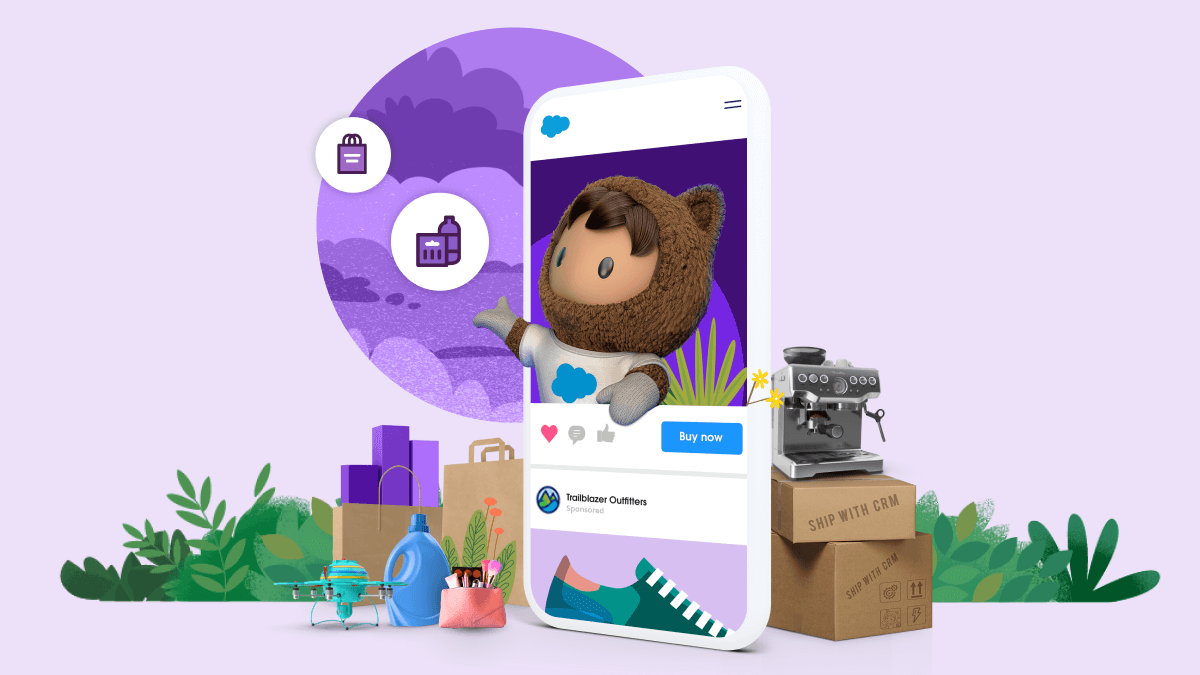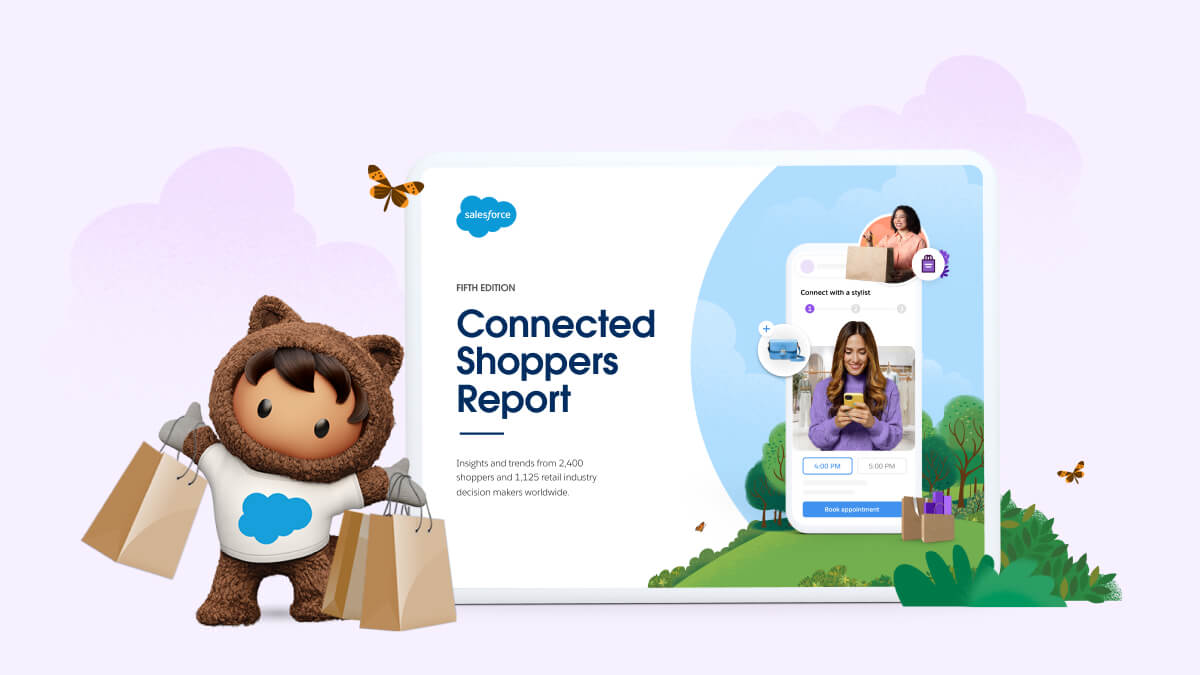Retailers See Shoppers Saving for Big Moments Later This Year

With inflation sticking around, our first-quarter retail data shows shoppers acting like it’s 2023.
It’s always interesting to look at shopper behavior post-holiday, when we analyze the retail data from the first quarter of the year. What new retail trends will we unearth? What will early results tell us about the rest of the year?
Already, in the first quarter of the year, shopping data is revealing some unexpected twists. We were anticipating interest rate cuts, but now that inflation is stickier, that’s unlikely. Following the Francis Scott Key Bridge collapse in Maryland, shipping timelines and costs are still uncertain. Geopolitical instability could send crude oil costs higher, which would put more pressure on inflation. All of this means we believe the pressure of 2022 and 2023 will continue through 2024.
Based on our Shopping Index data for the first quarter of this year, shoppers remain cautious and are pulling back on spending, likely to save for big shopping moments later on (if they follow their pattern from 2023).
First quarter shopping by the numbers
Global online sales grew modestly year over year (+2%), with online traffic and average spend per order increasing by just 1% each. But despite traffic and spend being up, global order volumes continued to decline, falling by 2% over last year. In the U.S., both online sales and traffic growth were flat in the quarter, and order volumes fell even faster. Consumers placed 3% fewer orders compared to the previous year. This was likely caused by higher-than-anticipated inflation: Consumers are still paying higher prices for goods as compared to a year ago, so they’re buying less product but still spending more.
Meanwhile Europe, which has buoyed global growth in recent quarters, experienced a slowdown in online sales growth this quarter (+3% year over year), with the UK being the only one of the three key markets (with Germany and France) to experience growth. (That growth is likely attributable to the UK’s market lagging behind the rest of Europe as the greater region came out of an economic downturn in 2023.)
So what did shoppers buy? Retail data shows the health and beauty (+12%) and general handbags (+7%) categories saw the highest online sales growth. But, electronics and accessories along with toys and learning saw the steepest online declines (-13% and -12% respectively). This is part of the broader trend we’ve seen over the last couple of years where consumers are spending less often on non-essentials, and often trading down in price when they do make a purchase.
Retail Trends Transforming Shopping
What does this mean for your business? Let’s look at the key trends we’ve identified to learn more:
Saving for big moments
The retail data shows that consumers have tightened the purse strings, as they did for most of 2023. While global online sales grew modestly, they also slowed down (to 2% year over year) compared to the final quarter of last year. Lagging order volumes and increased prices drove these results.
And while U.S. sales moved out of the red from the fourth quarter last year to 0%, they remain well below the 4% growth we saw in the first quarter of 2023. Order volumes in the U.S. fell 3% year over year as shoppers pulled back spending on non-essentials. Any growth the industry experiences right now is from people paying more, not buying more.
One sign that consumers are spending less on non-essential items is the declines in luxury purchases. High-end apparel and handbag sales declined significantly in the first quarter (-2% and -10% respectively), as did toys (-12%) and electronics (-12%). Instead, consumers are sticking with necessities like health and beauty products (+12%). They are also choosing lower-priced alternatives, as general handbag sales are up +7%.
Consumer behavior in the first quarter reminds us of their approach to holiday purchases in 2023: Shoppers waited patiently for attractive discounts, such as those offered on Prime Day in the summer, during back-to-school season, and on Black Friday and Cyber Monday. Could this be the new normal?
What it means for you: Retailers and brands need to plan promotions, offering attractive deals during those big shopping moments to help drive sales. Additionally, focus your efforts on strategies that engage customers throughout the year — like loyalty programs and personalized recommendations — to maintain brand relevance beyond key shopping events.
Consumers are sticking to their favorite brands
Following years of consumers switching brands — due to value, among other reasons — we are seeing continued steady growth in repeat buyers. The share of global repeat buyers in the first quarter was 43%, representing an 8% increase since 2022. This comes on the heels of 2023, when consumer brand loyalty came into sharp focus.
Part of this is likely being driven by brands’ commitment to loyalty programs over the last few years. The average American subscribed to 16.6 loyalty programs as of 2022. According to Salesforce’s retail data, the most popular type of loyalty program is points-based. That’s why in the first quarter, Easter shoppers across the U.S., UK, Australia, and New Zealand reported that the ability to redeem loyalty points was one of their top three considerations, behind price and product availability, when making purchasing decisions.
What it means for you: With acquisition costs still high and marketing budgets squeezed, continue to focus on creating stickiness and increasing share of wallet among loyal customers. Your loyalty program is a great way to keep customers coming back, but be sure you make it quick and easy to sign up and redeem rewards.
Mobile is dominating…again
One high-growth area this quarter was shopping with mobile devices. The amount of traffic and orders that mobile devices are driving at ecommerce sites continues to grow. First-quarter retail data shows global mobile traffic and orders both grew 4% over last year, reaching a 78% and 66% share, respectively. In the U.S., mobile traffic share reached 75% and mobile order share 64%, up 4% and 5% respectively.
But emerging markets boast the most mobile-first shoppers. Consumers in the Asia-Pacific region (APAC – excluding Australia, New Zealand, and Japan) and the Middle East and Africa (MEA) region lead the global mobile migration. In APAC, mobile traffic share reached 85% while mobile order share hit 75%. In MEA, it was 85% mobile traffic and 73% mobile order. As emerging markets continue to grow market share, we expect these mobile-first consumers to continue to drive the mobile market forward.
Much of this growth can be attributed to the smoother checkout experience made easier through the use of mobile wallets, which increased by +46% year over year. As mobile checkout experiences get easier and consumers get more confident in using these mobile-friendly payment options, we expect the mobile migration will continue to reach unprecedented rates.
What it means for you: Consumer-facing apps must be mobile first — note how consumers increasingly embrace TikTok, Shein, and Temu for their shopping needs. The latest angle? With around 18% of orders influenced by artificial intelligence (AI) in the first quarter, the technology is now firmly positioned to keep driving incremental sales. That means brands and retailers need to focus on how AI performs on the mobile screen and optimize the mobile user experience.
What can you learn from first-quarter retail data?
With inflation continuing to come in hot month over month, and the tempered expectations of interest rate decreases, we don’t expect consumers to feel more optimistic heading into the summer months. But you can keep them coming back by understanding their needs and expectations, continuously engaging with loyal customers, and meeting them wherever they choose to shop.
Methodology
Powered by Salesforce platform data, the Shopping Index uncovers the true shopping story. We look at the previous nine quarters to uncover a deep understanding of how consumer behavior is evolving and how the market is moving. The Shopping Index analyzes the activity and online shopping statistics of more than 1.5 billion unique global shoppers from more than 67 countries. This battery of benchmarks covers both the recent history and current state of digital commerce. Several factors are applied to extrapolate macroeconomic figures for the broader retail industry, and these results are not indicative of Salesforce performance.





























